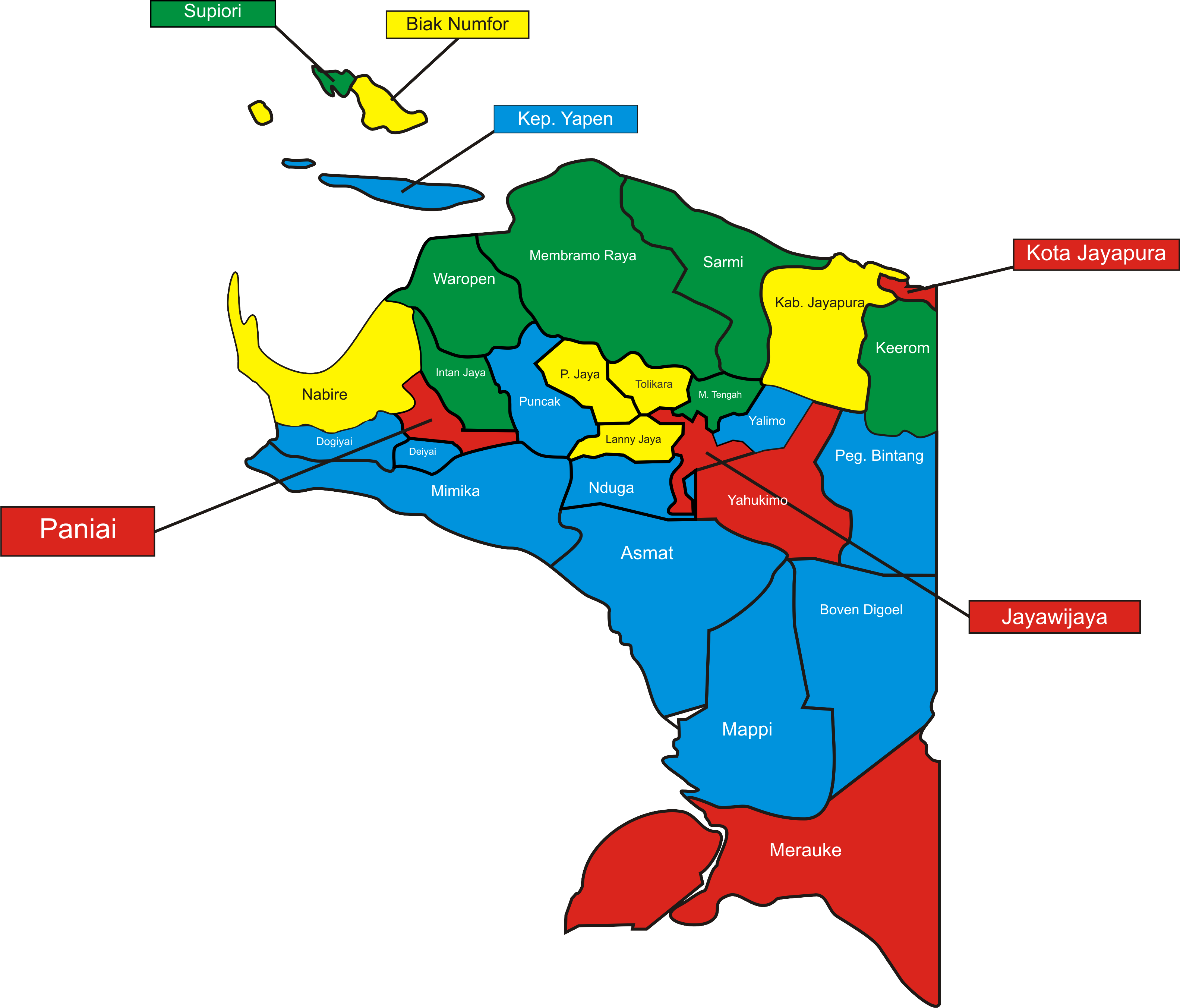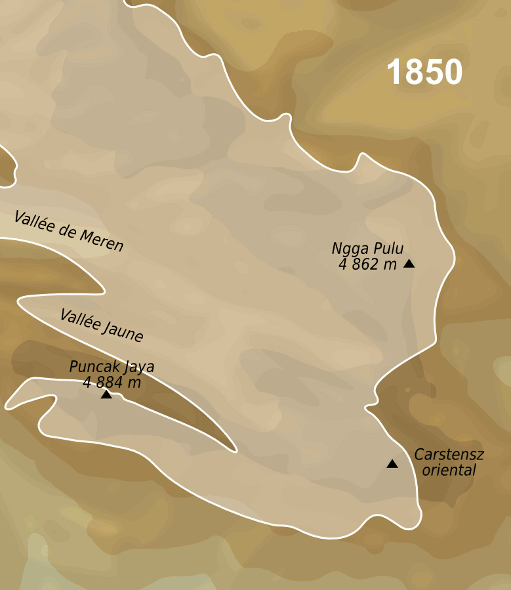|
Amung Language
Uhunduni, also known as Damal (''Damal-kal'') and Amung (''Amung-kal'') after two of its dialects, is the language of the Amung people and Damal people. It is a Trans–New Guinea language that forms an independent branch of that family in the classification of Malcolm Ross (2005). However, it is treated as an isolate by Palmer (2018). Dialects are Amongme, Amung, Damal, Enggipilu. Classification Pawley and Hammarström (2018) do not consider there to be sufficient evidence for Uhunduni to be classified as part of Trans-New Guinea, though they do note the following lexical resemblances between Uhunduni and proto-Trans-New Guinea. *''no''- ‘eat’ < *na- *''mo''- come’ < *me- *''mini''- ‘sit’ < *mVna- *''eme''- ‘give’ < *mV- Pronouns Ross (2005) lists the pronouns as: : ''Iru'' is an inclusive dual.Vocabulary The following basic vocabulary words of Damal (Uhunduni) are from the Trans-New Guinea database, citing Voorhoe ...[...More Info...] [...Related Items...] OR: [Wikipedia] [Google] [Baidu] |
Central Papua
Central Papua, officially the Central Papua Province ( id, Provinsi Papua Tengah) is an Indonesian province located in the central region of Western New Guinea. It was formally established on 11 November 2022 from the former eight western regencies of the province of Papua. It covers an area of 66,130.49 km2 and had an estimated population of about 1,409,000 in mid 2021. It is bordered by the Indonesian provinces of West Papua to the west, the residual Papua to the north, and by Highland Papua and South Papua to the east. The designated administrative capital, Nabire, is the second largest town in Central Papua (after Timika), the economic centre of the province, and the seat of the Central Papua provincial government. The provincial border roughly follows the cultural region of Mee Pago and parts of Saireri. History After the approval of the bill for the creation of the province on 30 June 2022, controversy regarding the capital of the new province resulted in mass demonstra ... [...More Info...] [...Related Items...] OR: [Wikipedia] [Google] [Baidu] |
Paniai Regency
Paniai Regency is one of the regencies (''kabupaten'') in Central Papua Province of Indonesia. It is named after the Paniai Lakes. It covers an area of 6,525.25 km2, and had a population of 153,432 at the 2010 CensusBiro Pusat Statistik, Jakarta, 2011. and 220,410 at the 2020 Census. The administrative centre is Enarotali, in East Paniai. Administrative districts At the 2010 Census, Paniai Regency comprised ten districts A district is a type of administrative division that, in some countries, is managed by the local government. Across the world, areas known as "districts" vary greatly in size, spanning regions or counties, several municipalities, subdivisions ... (''distrik''). However, by 2018 the splitting of existing districts to create additional ones had raised the total to twenty-four districts. These are tabulated below with their areas and their populations at the 2010 census and 2020 Census.Badan Pusat Statistik, Jakarta, 2021. The table also includes the location ... [...More Info...] [...Related Items...] OR: [Wikipedia] [Google] [Baidu] |
Puncak Jaya
Puncak Jaya (; literally "Glorious Peak") or Carstensz Pyramid, Mount Jayawijaya or Mount Carstensz () on the island of New Guinea, with an elevation of , is the list of islands by highest point, highest mountain peak of an island on Earth. The mountain is located in the Sudirman Range of the highlands of Central Papua, Indonesia, in the southwest of Puncak Jaya Regency. The massive, open cut Grasberg mine, Grasberg gold and copper mine, the world's list of largest gold mines by production, fifth-largest gold mine, is west of Puncak Jaya. Other summits are ''Carstensz East, East Carstensz Peak'' (), ''Sumantri'' () and ''Ngga Pulu'' (). Other names include Nemangkawi in the Amung language, Amungkal language, Carstensz Toppen and Gunung Soekarno.Greater Atlas of the World, Mladinska knjiga, Ljubljana, Slovenia, 1986. It is also the highest point between the Himalayas and the Andes. Some sources claim Papua New Guinea's Mount Wilhelm, , as the highest mountain peak in Oceania, ... [...More Info...] [...Related Items...] OR: [Wikipedia] [Google] [Baidu] |
Amung People
The Amung (also known as Amungme, Amungm, Amui, Amuy, Hamung or Uhunduni) people are a group of about 17,700 people living in the highlands of the Central Papua province of Indonesia. Most Amungme live in Mimika and Puncak, in valleys like Noema, Tsinga, Hoeya, Bella, Alama, Aroanop, and Wa. A related group live in Beoga Valley, Puncak and they are called Damal people. Their language is called Amung-kal spoken mostly in the southern regions. While in the north it is called Damal-kal. Additionally they have symbolic languages called Aro-a-kal and Tebo-a-kal. Tebo-a-kal are only spoken in sacred areas. The traditional beliefs of the Amungme people are animistic. The Amungme people did not have the idea of "gods" that are separate from nature where spirits and nature are one and the same. They see themselves as the eldest child of God ''Nagawan Into'', hence conqueror and ruler of the world ''Amungsa''. They practice shifting agriculture, supplementing their livelihood by hunting a ... [...More Info...] [...Related Items...] OR: [Wikipedia] [Google] [Baidu] |
Damal People
The Damal or Damalme are a group of people living in the highlands of the Central Papua province of Indonesia. They primarily live in Beoga Valley along the river of Beogong. The Damal people are closely related with Delem people, and with Amungme people living in the southern lowland region. Delem is a people group descended from Damal people, Dani people, and Wonno people. According to oral history, Damal people came from a place called ''Mepingama'' in Baliem Valley, and then '' Kurima'' where they gather, and ''Hitigima'' the place where they started creating ''Honai'' houses with thatched roof. From Kurima the ancestors of many papuan tribes including Damal travel west, settled in Ilop which now are called Beoga and Ilaga. From their heartland in Beoga and Ilaga, some Damal moved to Jila, Alama, Bella, Stinga, Hoeya, Tembagapura (Kampung Waa), Aroanop, Timika, and Agimuga. Social structure The Damal have a system of exogamous Exogamy is the social norm of marryi ... [...More Info...] [...Related Items...] OR: [Wikipedia] [Google] [Baidu] |
Trans–New Guinea Languages
Trans–New Guinea (TNG) is an extensive family of Papuan languages spoken on the island of New Guinea and neighboring islands ‒ corresponding to the country Papua New Guinea as well as parts of Indonesia. Trans–New Guinea is the third-largest language family in the world by number of languages. The core of the family is considered to be established, but its boundaries and overall membership are uncertain. The languages are spoken by around 3 million people. There have been three main proposals as to its internal classification. History of the proposal Although Papuan languages for the most part are poorly documented, several of the branches of Trans–New Guinea have been recognized for some time. The Eleman languages were first proposed by S. Ray in 1907, parts of Marind were recognized by Ray and JHP Murray in 1918, and the Rai Coast languages in 1919, again by Ray. The precursor of the Trans–New Guinea family was Stephen Wurm's 1960 proposal of an East New Guinea ... [...More Info...] [...Related Items...] OR: [Wikipedia] [Google] [Baidu] |
West Papuan Highlands Languages
The West Papuan Highland languages, also known as the Irian Highland languages, are a branch of the Trans–New Guinea language family proposed by Larson & Larson (1972) and confirmed by Timothy Usher. William A. Foley considers their Trans–New Guinea identity to be established. * Dani (Balim Valley) family * Paniai Lakes (Wissel Lakes) family * Amung–Dem ** Amung (Uhunduni, Damal) **Dem DEM was the ISO 4217 currency code for the Deutsche Mark, former currency of Germany Computing * Digital elevation model, a digital representation of ground-surface topography or terrain ** .dem, a common extension for USGS DEM files * Discret ... History Capell linked the Dani languages to Kwerba in 1962, a position followed by Wurm, who included Dani-Kwerba and the Wissel Lakes (Paniai Lakes) languages as branches of Trans–New Guinea. Larson & Larson (1972) proposed that the Dani and Paniai Lakes families, along with the Amung and Dem isolates, grouped together within TNG. Ros ... [...More Info...] [...Related Items...] OR: [Wikipedia] [Google] [Baidu] |
Malcolm Ross (linguist)
Malcolm David Ross (born 1942) is an Australian linguist. He is the emeritus professor of linguistics at the Australian National University. Ross is best known among linguists for his work on Austronesian and Papuan languages, historical linguistics, and language contact (especially metatypy). He was elected as a Fellow of the Australian Academy of the Humanities in 1996. Career Ross served as the Principal of Goroka Teachers College in Papua New Guinea from 1980 to 1982, during which time he self-statedly become interested in local languages, and began to collect data on them. In 1986, he received his PhD from the ANU under the supervision of Stephen Wurm, Bert Voorhoeve and Darrell Tryon. His dissertation was on the genealogy of the Oceanic languages of western Melanesia, and contained an early reconstruction of Proto Oceanic. Malcolm Ross introduced the concept of a linkage, a group of languages that evolves via dialect differentiation rather than by tree-like splits. ... [...More Info...] [...Related Items...] OR: [Wikipedia] [Google] [Baidu] |
New Testament
The New Testament grc, Ἡ Καινὴ Διαθήκη, transl. ; la, Novum Testamentum. (NT) is the second division of the Christian biblical canon. It discusses the teachings and person of Jesus, as well as events in first-century Christianity. The New Testament's background, the first division of the Christian Bible, is called the Old Testament, which is based primarily upon the Hebrew Bible; together they are regarded as sacred scripture by Christians. The New Testament is a collection of Christian texts originally written in the Koine Greek language, at different times by various authors. While the Old Testament canon varies somewhat between different Christian denominations, the 27-book canon of the New Testament has been almost universally recognized within Christianity since at least Late Antiquity. Thus, in almost all Christian traditions today, the New Testament consists of 27 books: * 4 canonical gospels (Matthew, Mark, Luke, and John) * The Acts of the Apostl ... [...More Info...] [...Related Items...] OR: [Wikipedia] [Google] [Baidu] |



